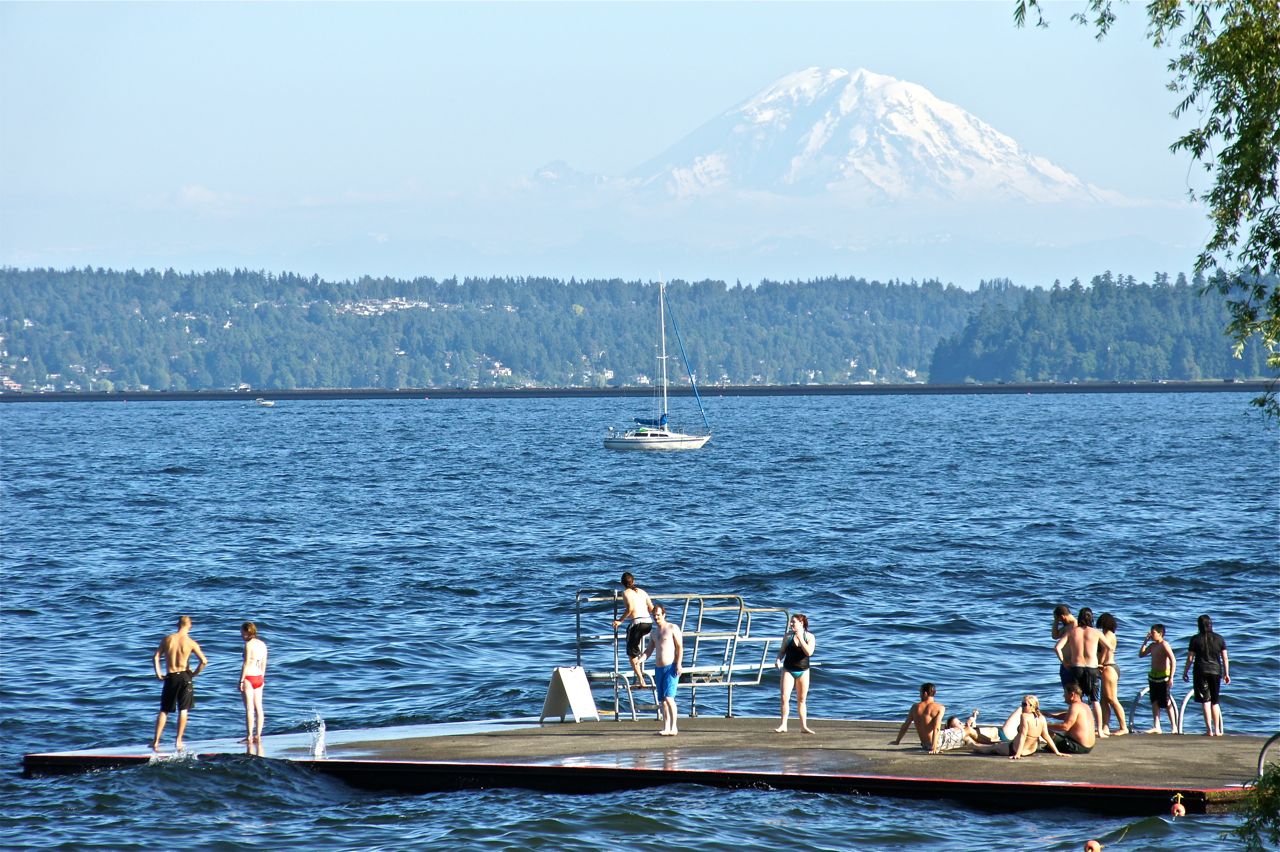
Amid the roads, sidewalks and places that you have visited before, there are often embedded patterns to uncover, read and reinterpret.
This exploration is an archaeology which involves more than unearthing distinct artifacts from another era. For me, it includes observing the place-based impacts of four interactive factors:
- The intersection of the built and natural environments;
- The evolution of transportation modes;
- The application of associated land use plans and regulations; and
- The continuation and/or evolution of surrounding land uses.
Documenting this evidence in your neighborhood is one aspect of "creating the urban diary" that I suggested here and described last month:
[R]ather than merely watching someone else's video, might you further develop and understand your relationship to place, as well as other similar interactions which you observe?
Personal documentation of the journey from place to space -- crossing and intersecting the public and private realms -- may be the best way to understand where we live, the choices we make and those that are made for us.
Through such urban diaries, each of us can learn more about cities as they are and could be.
Depicted above and below is an sample urban diary of a Seattle walk from the city's Madrona neighborhood to Lake Washington and back, across both the public and private domains.
As illustrated here, recreational access to water, motorized, bicycle and pedestrian transportation all take place today within the context of the Olmsted Brothers' park and boulevard designs of over a century ago. The historic intent and uses of the public and private spaces (largely recreational and residential) continue, while land and water-based transportation modes evolve -- and the dynamic City of Bellevue skyline provides a visual offset to the traditional ambiance of Mount Rainier.
An urban diary effort can also uncover longstanding urban gems. In this case, two items provide precedent for the often unfunded aspirations of today's urbanists for more walkable places and green opportunity.
First, stairways and sidewalks transect public and private greenery (which bear street names that begin far westward in Seattle's downtown). In addition, the .17 acre "Madrona Briar Patch" provides a parklet with picnic table -- an incidental path-adjacent space predating today's similar "pop-up" city venues.
The bottom line? Based on embedded patterns of place, you can read and document the city around you, and rediscover forgotten opportunities along the way.
Click on each image below for more detail.
All images composed by the author.
Cross-posted in myurbanist.
